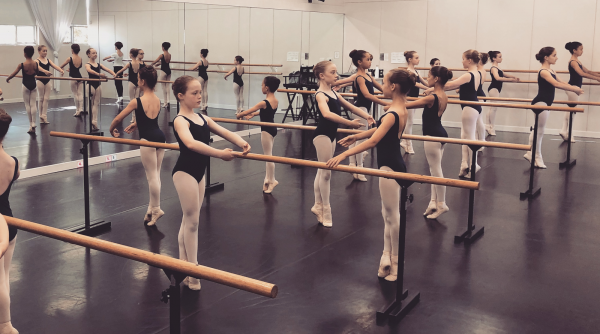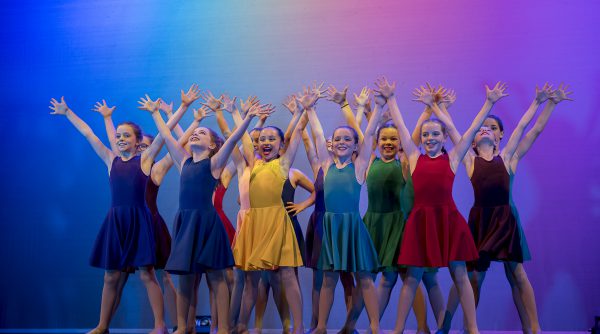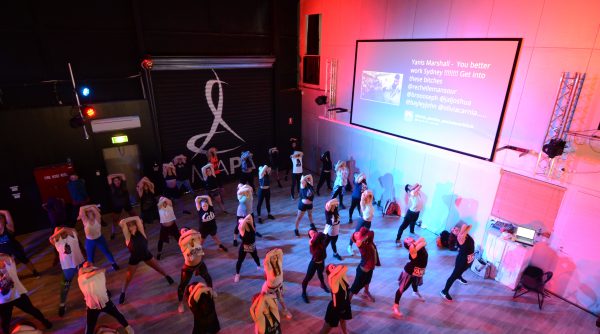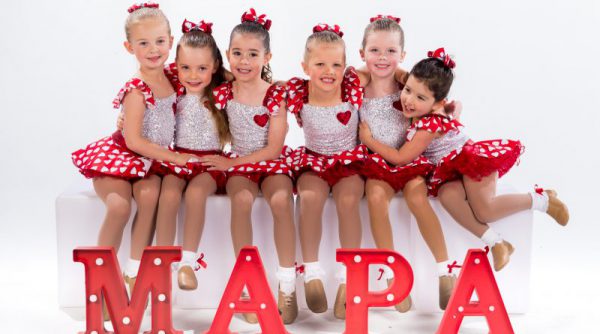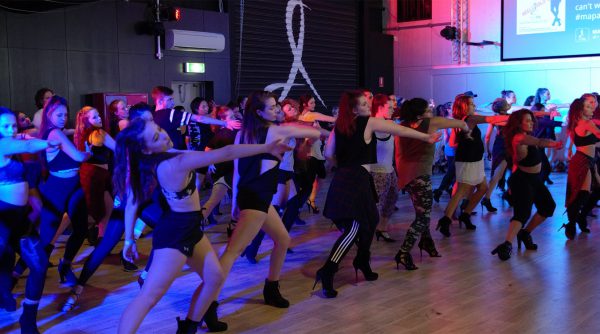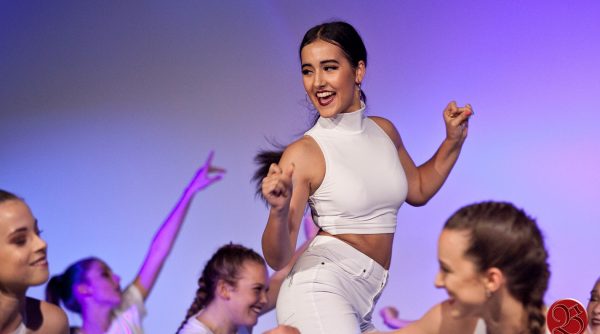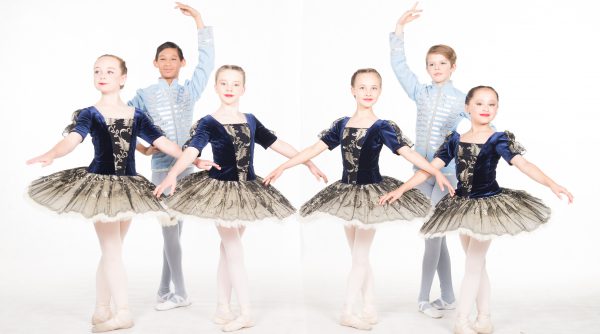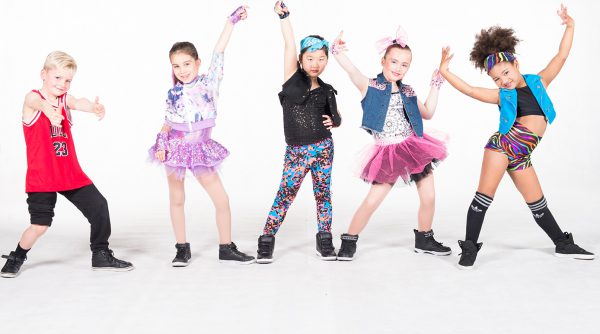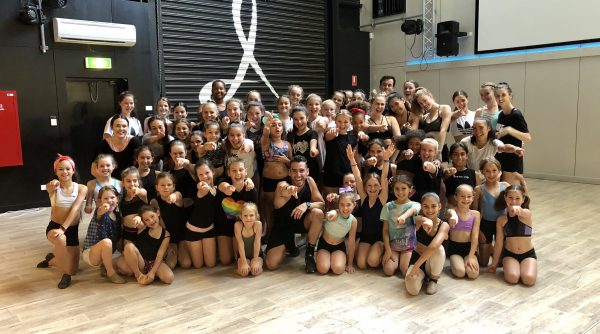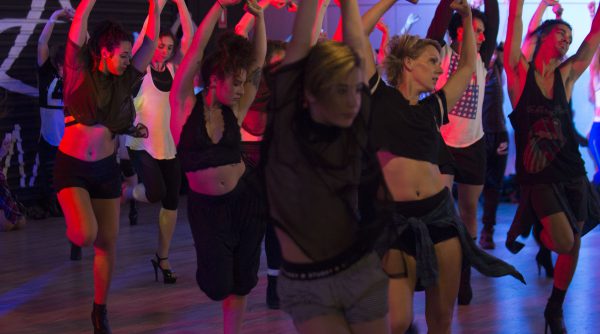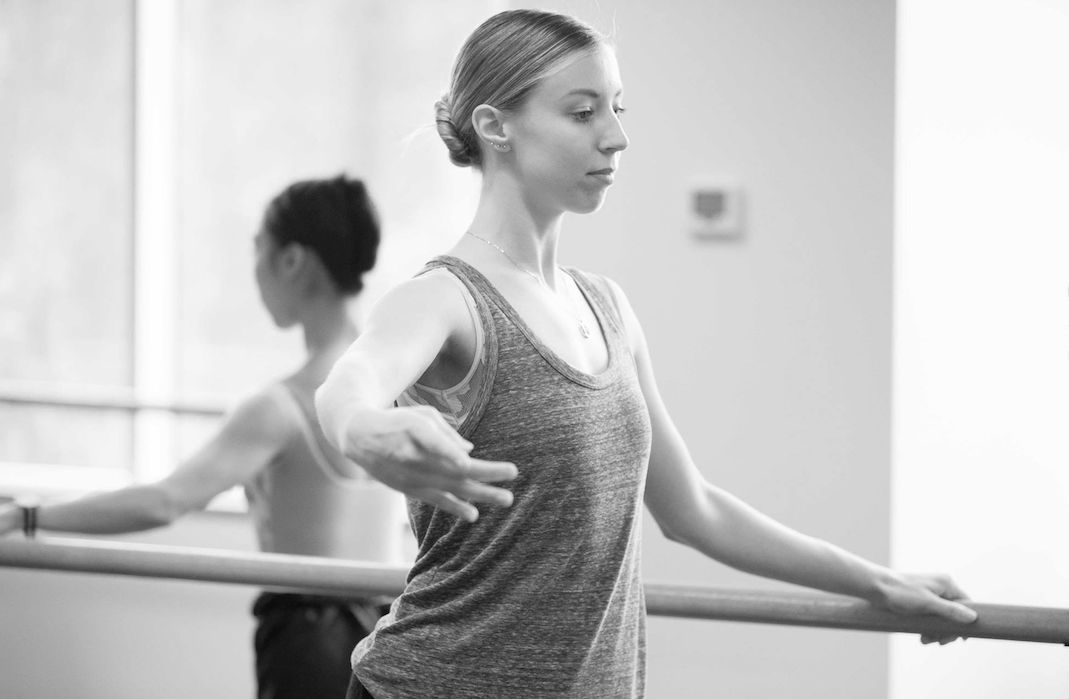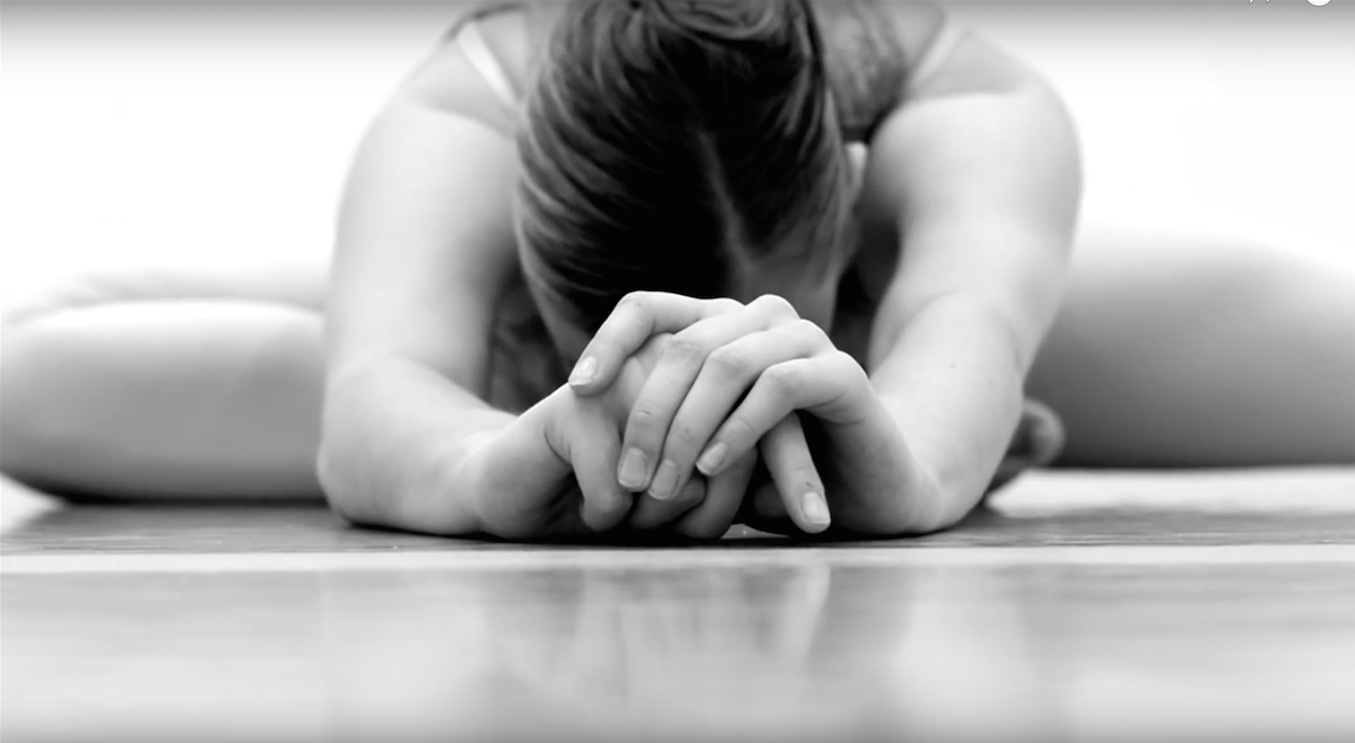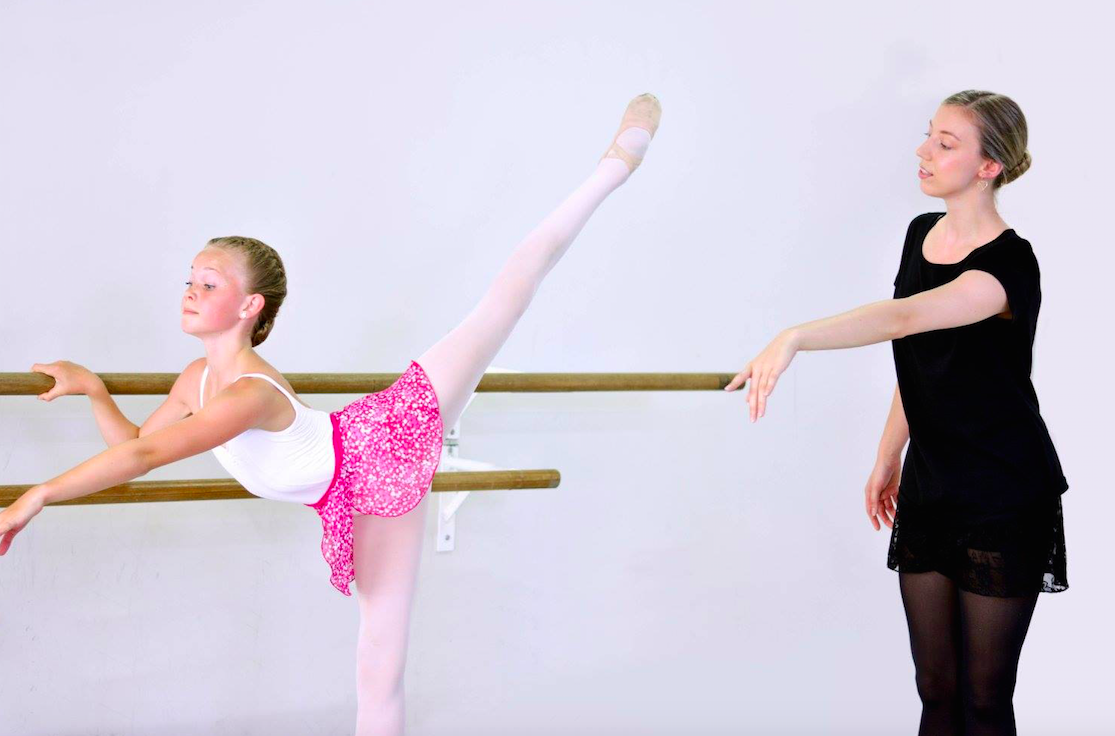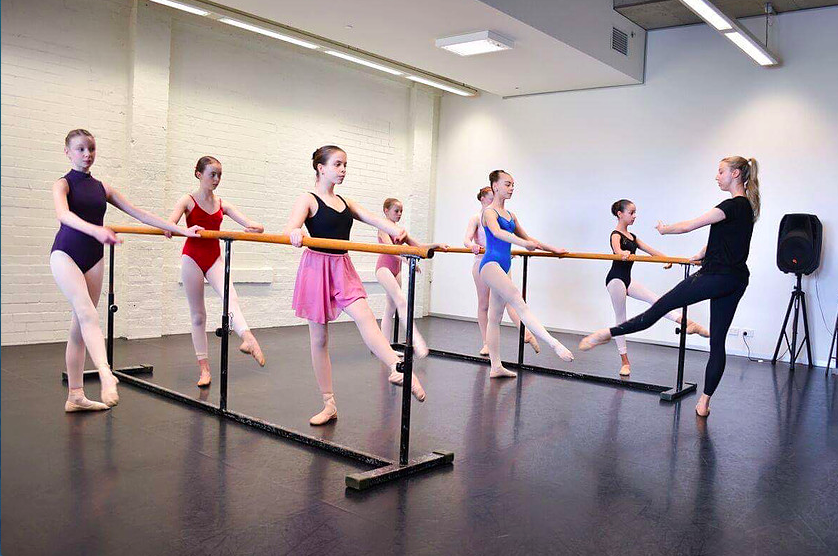Why Do Dancers and Dance Educators Favour Physical Health Over Mental Health?
We all know that the dance industry requires dancers to be fit, strong and lean. But why doesn’t it also require them to be mentally healthy?
Many dance companies now employ physiotherapists, and dance schools are teaching basic injury prevention, but still there is a lack of education and support for a dancer’s mental health.
In my time as a dance student, and even later as a professional, I’ve had days where I questioned my self-worth. The minuscule failures that should be seen as learning opportunities can begin to chip away at every ounce of your self-confidence, and the constant reminders of aesthetic perfection can make the mirror your worst enemy. This combination of self-doubt and perfectionism in a dancer can often lead to extreme mental health issues.
Dance injuries play a large part in a dancer’s mental state – there’s nothing more soul-crushing than sitting at the front of a studio watching your peers continue to work hard and improve while your body demands that you rest. It is imperative to your dance training or your career to stay motivated and positive throughout the process of recovery – however this is not something that dancers are often taught or supported in.
Recently I recovered from a fracture and torn ligament in my foot, and during my recovery I sought medical advice from a GP, several Physiotherapists and a Sports Doctor. But not once was I encouraged to speak about my state of mind during this time. Thankfully, I have a wonderful support team of family and peers around me who assisted in maintaining my mental wellbeing. However, it did make me wonder about the multiple dance organisations I have been involved with during my training, dancing professionally and teaching, and I have come to realise the severe lack of guidance and referral of dancers to mental health professionals in Australia.
Eating disorders are another mental illness that unfortunately are extremely common among ballet dancers in particular. The pressure to look a certain way begins right from your first ballet class, teachers will explain that you should stand a certain way in order to create the most aesthetic line, and that you should be working your body in a way that creates ‘long lean muscles’. Obviously these things are necessary in order to do steps correctly and safely, but this is often not the main focus in a ballet class.
So why is it this way? Why do dancers and dance instructors put their main focus on physical attributes? I believe it’s because we are more focused on what we see, than what we feel.
Dance as an art form was created to emanate a feeling and tell a story. Over time, a more athletic emphasis has been placed on what we do, and as a dancer myself, I thrive on the athleticism and competitive nature that goes on in studios and on stage. But somehow, the true emotional value of classical ballet is being lost in the training process. I read a quote recently that felt very relevant and necessary, posted on Instagram by dance instructor Francisco Gella; “You can do both; demand the very best from your dancers and love them too.” There’s a need for dance instructors to see their students as people before dancers, and begin to educate with empathy.
What we can do as Dancers:
• CHECK IN WITH YOUR FRIENDS
We all have that one (or more) group of dance friends who will be our BFFLs. We also should all understand that any group of dancers is only as strong as their weakest member. So because of these life-long friendships, and because of our competitive nature to always be the best we can be, we as dancers have a responsibility to lift each other up (and yourself) in times of need.
If you notice a change in energy during class, that perhaps there are negative vibes floating about the studio, be sure to check in with the other dancers. This way if you or anyone else is having an off day, you can laugh together about your terrible pirouettes, release the negative energy and leave it as just that – one off day.
• DON’T BE AN INTERNET TROLL
One thing that’s recently become a huge factor in the dance industry is social media. Never before have there been so many trending dance techniques and stretches spiralling around the internet. If you do happen to come across a photo or video of a not-so-perfect classical line, don’t be a troll! Instagram’s algorithms change so frequently that there’s no way you can ever really know who’s going to see what you post. Imagine if you posted a photo of the penche you’ve been working on for months, and then a stranger on the internet came along and shredded your confidence to pieces. It’s that same old phrase we’ve heard from our mothers for years, and there’s a reason they keep saying it! ‘If you haven’t got anything nice to say, don’t say anything at all’.
• PRACTICE SELF-LOVE
Improving your mental health can truly be as simple as taking some time away from your busy daily grind for some ‘me-time’. This will be different for every person. For me, I like to take some time to work on some basic strength exercises, and then roll out my muscles, or go and get a professional massage if my bank account will allow it!
Quiet time to yourself where you can re-focus your energy could be just what your mind needs. A bath with some Epsom salts, a gym workout, a face mask, or some yoga could all be great options to try out.
• DANCE IT OUT, OR FIND ANOTHER CREATIVE OUTLET
Ever gone into an empty studio (or your bedroom), put on some inspiring music and just let loose? I do this every couple of months, or more if I can. As dancers we release so much of our emotions with our movement, so if you’re feeling stressed or anxious or down, try releasing some of that energy into dance. If you do try this, have a go at filming it for later viewing – you might be surprised with what you come up with in the moment!
Or if you’re not one for improv, try another creative outlet. Writing, drawing, singing or learning to play an instrument have all served as my therapy sessions at some point!
What we can do as Dance Educators:
• GUIDE AND SUPPORT INJURED DANCERS
More than once in my dance lifetime have I been told to “figure it out” or “stop being so dramatic”. Some dance instructors believe their dancers should be tougher and work through pain. There’s a point where this kind of mentality can ruin a body beyond repair, as well as instil a feeling of worthlessness.
If one of your dancers becomes injured and is forced to take a break from dancing, remember to ask about them, and not just about their injury – always put the person before the dancer.
• REMAIN HUMAN
People in a position of authority, such as dance instructors, have a certain amount of power. I’ve experienced more than one dance instructor who has abused this position of power to the extent where their students were terrified to speak a word in their presence. If your dancers can’t talk to you and be open with their emotions, you are allowing power and fear to run your classes, and creating a toxic environment for young people to develop themselves as humans as well as dancers. It is important to show your students that you are human, you also have bad days and are not perfect all the time. Allow them to laugh, allow them to ask questions, and allow them to be open.
• OFFER CRITIQUES AND PRAISE
As a student, I remember often having days where I felt picked on by my teachers, because it felt like I couldn’t do anything right. Now, as a teacher and a more experienced dancer, I understand that corrections are a gift from a teacher to a student. Young dancers may not fully grasp the concept of ‘correct to perfect’, they may be waiting for praise from their teacher to understand that they’re doing something well, and if this never happens they spend their entire training believing that they’re no good. On the flip side, I’ve also experienced teachers who weren’t interested in me enough to give me corrections. This potentially made me feel even worse, as though I wasn’t worth their time and energy. I believe that the greatest teachers are those who inspire their dancers to be great, by offering guidance as well as instilling confidence.
• PROVIDE A WELL-ROUNDED EDUCATION
The best dancers are those who are well-rounded. Those who can implement their own stretch and strength programs, those who can prevent and manage injuries with a balanced diet and enforced rehabilitation, and those who can be consistent with their daily performance (physically and mentally). All of this stems from a well-rounded education. Dance instructors take on many more roles than just teaching dance steps. We should be invested in providing dancers with knowledge and support of nutritional advice, physical fitness advice, and mental well-being advice. If we are not informed enough to educate dancers on these topics personally, we have a duty of care to guide and refer them to appropriate medical professionals when necessary.
Dancers need to be extremely resilient. We need to have high pain thresholds, we can’t be afraid to work hard, and we have to aspire to be the very best we can be. Overcoming obstacles is part of our daily routine, and I believe motivation is the key to overcoming self-doubt. It’s time that the dance industry as a whole put a sharper focus on the mental well-being of dancers. As a dancer and dance educator, I vow to do my part in helping to create a mentally healthy dance community.
Emma Cheeseman
July 1st, 2018
0